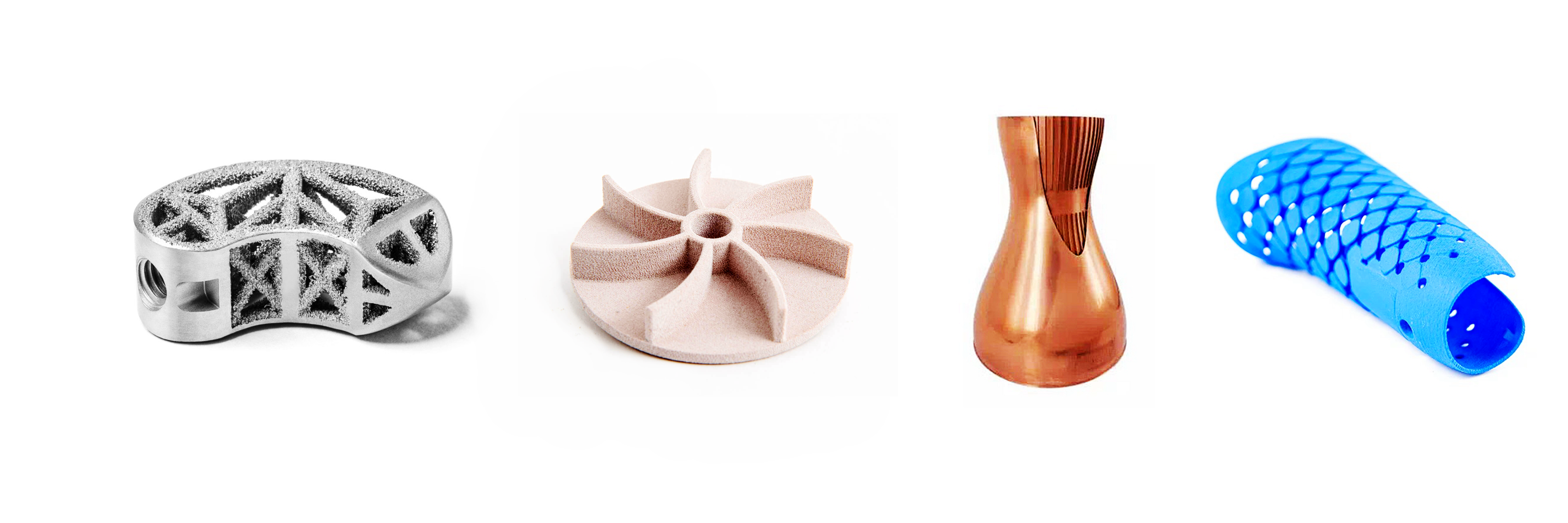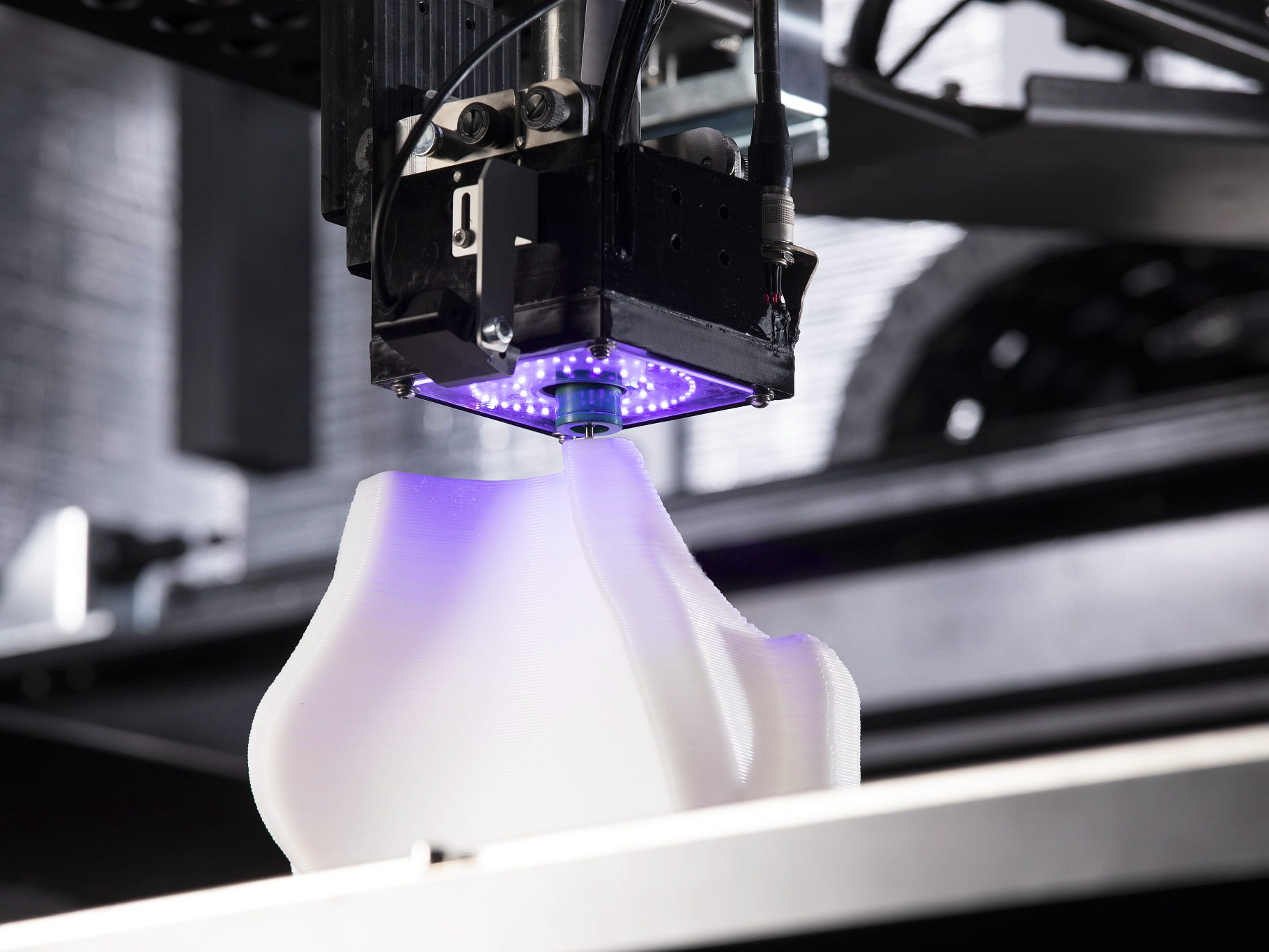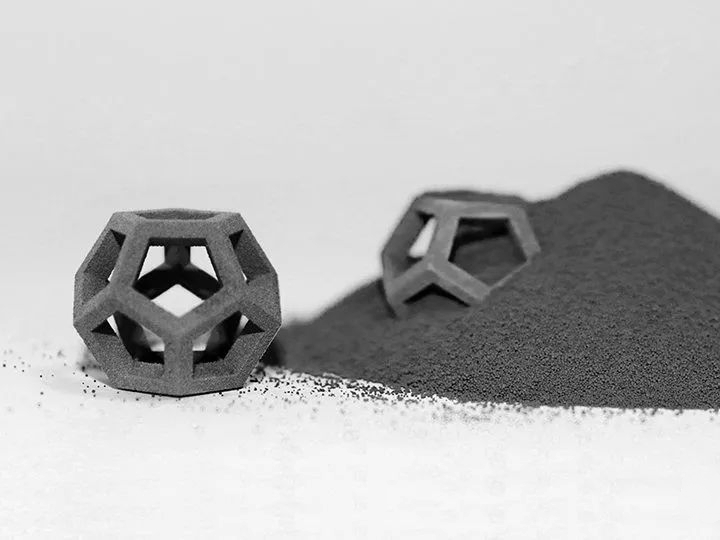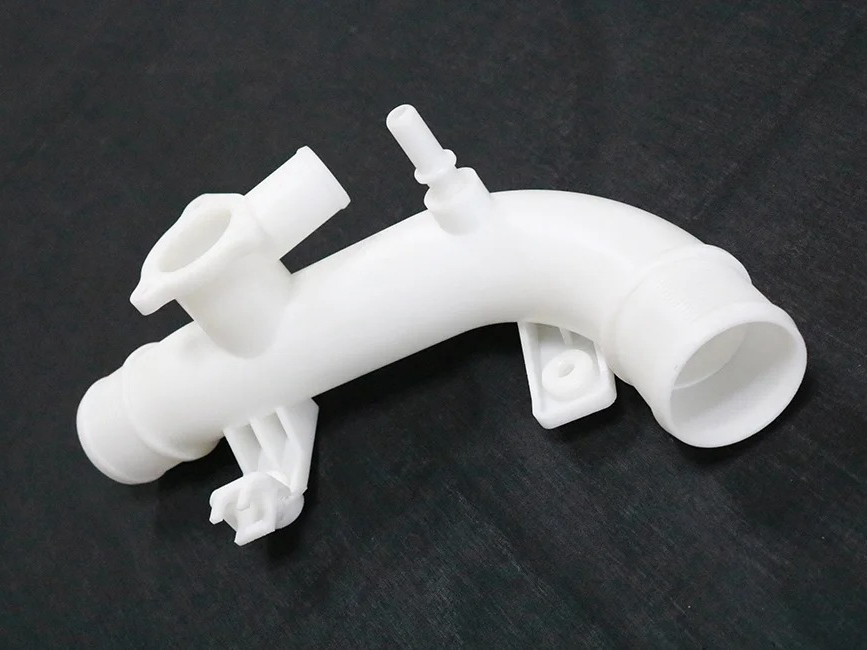Online Material Jetting 3D Printing Service
Our Online Material Jetting 3D Printing Service utilizes PolyJet and Multi-Material Jetting (MMJ) technologies. These methods offer high precision, smooth surface finishes, and multi-material capabilities, enabling the creation of intricate, functional prototypes and parts with varying material properties.

Send us your designs and specifications for a free quotation
All uploaded files are secure and confidential
Benefits of Material Jetting 3D Printing Service
Material Jetting 3D Printing Service uses inkjet-like deposition of photopolymers that are cured by UV light, enabling high-resolution, multi-material, full-color prints with smooth surfaces and rapid production. Ideal for prototypes, detailed models, and functional parts.
Comparison of PolyJet and MMJ
This comparison outlines key aspects of PolyJet and Multi-Material Jetting (MMJ) technologies, including their technology, materials, color capabilities, accuracy, surface finish, complexity, speed, applications, and cost.
Let's Start A New Project Today
Material Jetting 3D Printed Parts Design Guideline
These design guidelines provide recommendations for optimizing parts produced by Material Jetting. Following these guidelines ensures high accuracy, strength, and excellent surface finish while reducing post-processing effort.



